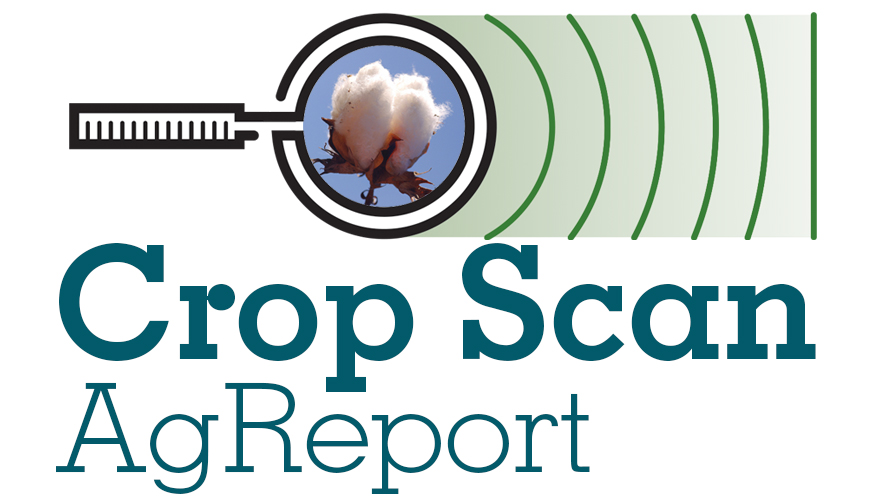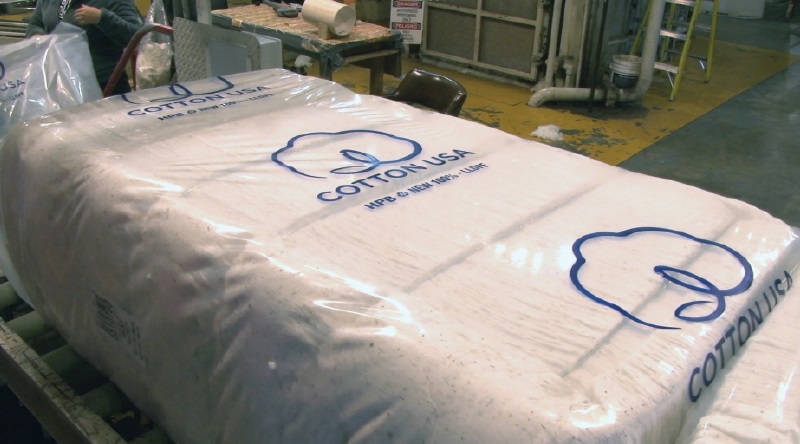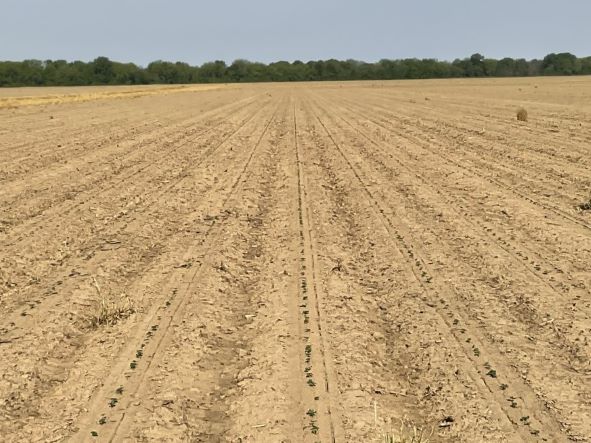Crop Scan Ag Report: Planting Makes Progress
Some late April and early May rains slowed planting a bit (while bringing relief to parts of south Texas). But as temps warmed and fields dried out, planters started rolling. Here’s what our consultants reported in mid- to late May.
Mark Nemec is an independent agricultural consultant for cotton, wheat, grain sorghum and corn in the Blacklands and Brazos River Bottom area of Central Texas.
Most of the cotton in Central Texas has been planted and is starting to grow off very well. We were fortunate to get some much-needed rain after planting to wet the ground after almost nonstop winds dried out the top several inches of dirt. Some areas had a little too much rain, and it caused some crusting in low spots. The winds have returned, and we could use a good general rain now.
The rain came late to activate our pre-emerge herbicides, so now we have escaped weeds coming up. It’s been challenging trying to treat the fields with very few wind-free hours. Thankfully our insect pressure has been light so far. As our wheat crop dries down, thrips will need to be watched. Hopefully this crop will keep progressing fast and we may get ahead of them.
Kerry Siders is Texas A&M AgriLife Extension Agent-IPM for Hockley, Cochran, and Lamb Counties.
The Texas High Plains drought continues to strengthen despite the occasional prediction of rain events. In fact, it has been since October 1-2, 2021, or over 200 days, since we have received appreciable measurable rain. At least conditions may be more conducive for a rain event now. So, we continue to pray for the rain which is coming. Cotton planting has mostly been pushed until the last half of May. Not ideal for earliness, but conditions have just not been good.
Currently very little in the way of early season pests have been noted. We are not finding thrips moving in or near wheat fields, which would be our primary source for this pest. High Plains cotton producers need to evaluate the above ground plant but also look at the developing root system for any abnormalities such as galls from nematodes or root pruning from wireworms. Hopefully, a producer is aware of a potential wireworm risk and has a good insecticide seed treatment in place. Various plant bug species as well as various aphids have been noted in alternate hosts this spring, so keep close for these potential issues. These above-mentioned pests are not an alarm but merely a “stay tuned” for what may develop as we have more cotton come to a stand and especially as we develop early fruit.
Be sure to walk your cotton fields as soon as they emerge and stay with it.
Tucker Miller is a Mississippi-based independent private consultant for cotton, soybeans, corn, peanuts, rice, and vegetables.
We are off to a good start on cotton planting this year. In my area, we are over 50% planted, and have a few producers that have finished planting. We have a few spots on our north end that are wet, but a couple of days of planting will finish us up. We have a good bit of cotton up now and with the good warm temperatures, cotton is emerging in five to six days.
Photo: Tucker Miller
Some areas will need a rain to activate preemergent herbicides and to finish out stands in the hard ground spots. We should be finished planting about two weeks ahead of last year. We also have had good temperatures for rapid emergence. So far, things are going our way.
No insect or weed problems have been observed as of yet. Hope everyone has a great year.
Wes Briggs consults on cotton, corn, peanuts, soybeans, and some small grains for growers in Georgia, Alabama, and Florida.
We’re probably about 20% planted on cotton with a lot yet to come. Our oldest cotton is just on its first true leaf. We’re also about 35-40% planted on peanuts.
It looks like thrips are going to be heavy and tough in cotton and peanuts, based on what we’re seeing right now. It’s been hot and dry, and lot of vegetation is starting to turn brown. Thrips are moving into anything that’s lush and green.
We’re getting our pre-emerge herbicides out behind the planter on cotton and peanuts and also staying on top of fertility with our sidedress fertilizer going out on corn.
Some field corn is just beginning to tassel, and we’re not seeing much disease pressure. We have also started spraying sweet corn where we’ve seen a few corn earworms and fall armyworms. But overall, disease pressure is light. Wheat and oats are drying down, and we’re probably about a week to 10 days away from starting harvest.
It’s a big month for cotton. We’ll see the majority of our cotton planted up through May 25. For the past five years, much of our cotton has gotten hammered by late August and September rains, and our late cotton has been our best cotton. Everybody is moving planting dates back just a little, maybe by a week or so.
We need a good rain to get these dryland acres back in shape.
Chad Harrell owns and operates Harrell Agronomic Services in Northeastern North Carolina.
We got off to an early start planting cotton in North Carolina. Most growers started planting the last few days of April and had a good run the first week of May until a cold front set in. We were very concerned about soil moisture, with some cotton already being dusted in before storms brought us some much-needed rain – even a little too much in some areas.
A 5- to 6-day cold front with lows in the 50’s and very little DD60’s caused planting to come a halt. We should be able to resume planting by mid-May, allowing time for some fields to dry out and soil temps to warm up. It looks like we will have much warmer temperatures coming following this front.
We currently have about 50% of our cotton acres planted in this area. Looking forward, I expect that we will be able to get all our planned cotton acres in this year and likely by early June.















